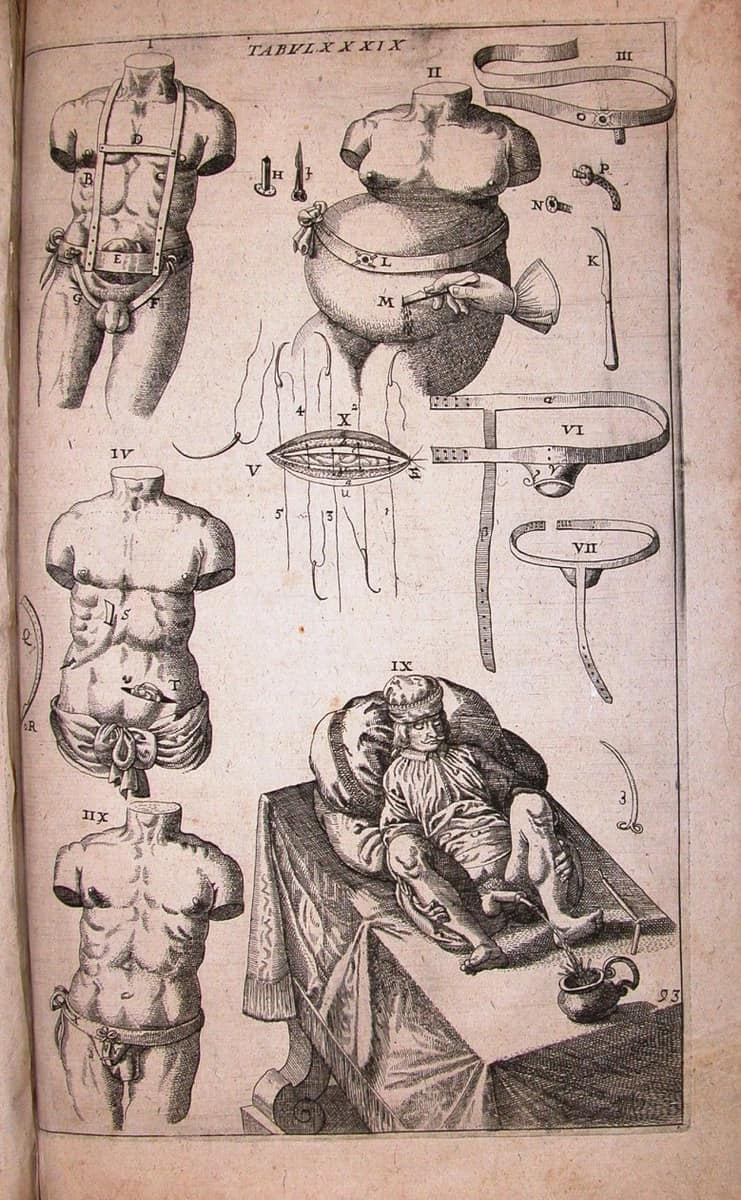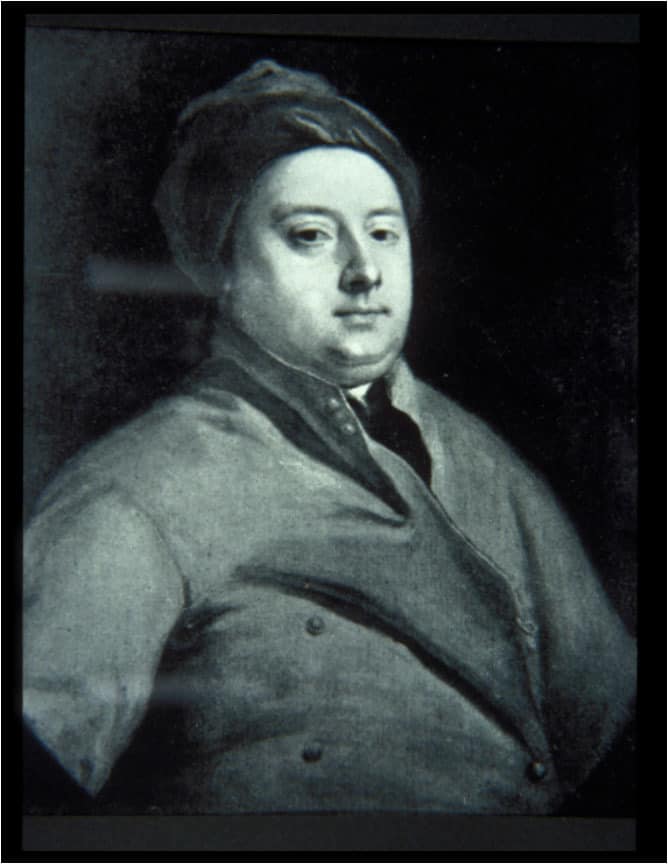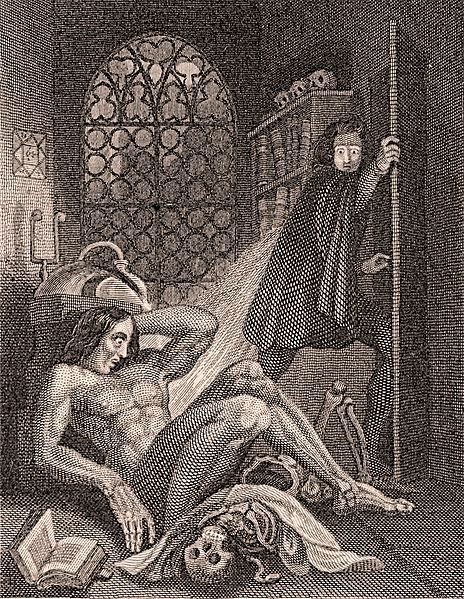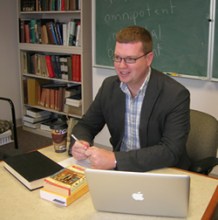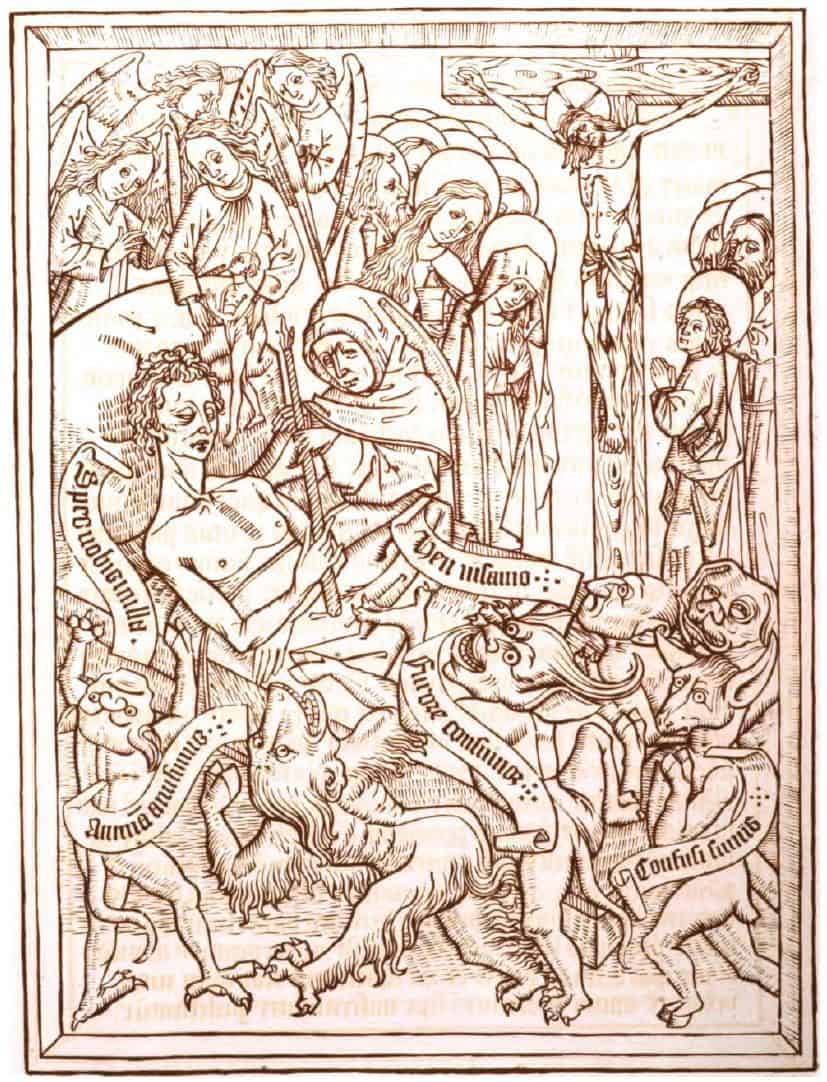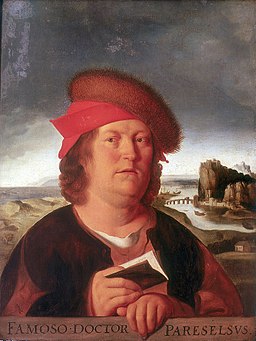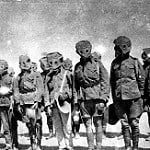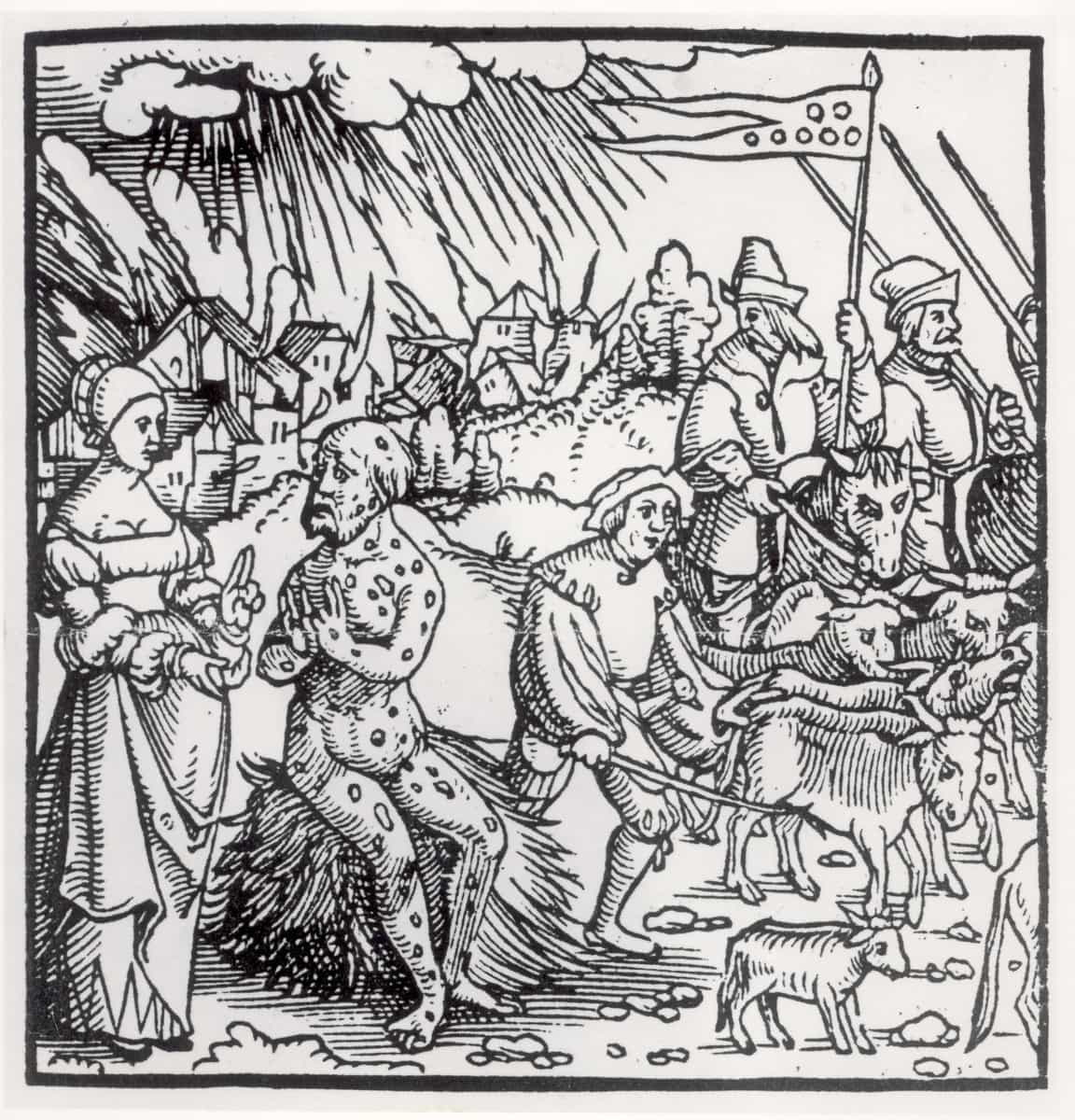JOHANNES SCULTETUS (1595-1645). Chei-roplotheke [Greek transliterated] . . . 1655. See a display of books by Johannes Schltetus and his medical professors Adriaan van de Spiegel and Hieronymus Fabricius at the John Martin Rare Book Room in June, 2018. John Martin Rare Book Room Monday-Wednesday: June 6-20, 2018 1:00-4:00 Or by Appointment, 319-335-9154 Scultetus receivedContinue reading “Johannes Schltetus | Mini Exhibit June 6, 11-13, 18-20 | 1-4pm | John Martin Rare Book Room @Hardin Library”
Category Archives: Rare Book Room
Osteographia, The Anatomy of the Bones | April 2018 Notes from the John Martin Rare Book Room @Hardin Library
WILLIAM CHESELDEN (1688-1752). Osteographia; or, The anatomy of the bones. London: [n. publ.], 1733. Cheselden’s reputation as a teacher, clinician, and anatomist was well established during his lifetime, and he won great distinction in London’s hospitals. His work on human anatomy went through thirteen editions and became a standard textbook. His Osteographia, with its magnificent plates depictingContinue reading “Osteographia, The Anatomy of the Bones | April 2018 Notes from the John Martin Rare Book Room @Hardin Library”
Frankenstein | John Martin Rare Book Room Annual Open House | Thurs. March 22, 5-8pm
John Martin Rare Book Room Open House Thursday, March 22 5-8pm Now in the 200th year since its publication, Mary Shelley’s Frankenstein, or, The Modern Prometheus continues to raise questions about humanity, scientific ethics, and the place of the monster in our imaginations. This event features books and manuscripts from the John Martin Rare BookContinue reading “Frankenstein | John Martin Rare Book Room Annual Open House | Thurs. March 22, 5-8pm”
Curating Frankenstein | 200th Anniversary Talk by Peter Balestrieri | Thurs. March 22, 4-5pm @Hardin Library
In conjunction with the John Martin Rare Book Room Open House, Peter Balestrieri, Science Fiction and Popular Culture Curator, University of Iowa Libraries, will be giving a talk on curating Frankenstein at The Hardin Library conference room 401, on Thursday, March 22 from 4-5pm. After the talk, you may view parts of our collections atContinue reading “Curating Frankenstein | 200th Anniversary Talk by Peter Balestrieri | Thurs. March 22, 4-5pm @Hardin Library”
Ancient Surgery in Early Modern Italy | History of Medicine Lecture | January 25, 5:30pm
The University of Iowa History of Medicine Society invites you to a lecture by Marquis Berrey, Associate Professor in Classics, University of Iowa Ancient Surgery in Early Modern Italy: Celsus, Benivieni, Morgagni Thursday, January 25, 2018, 5:30-6:30 MERF Room 2117 (Medical Education and Research Facility) European medical professionals from the 15th through the early 19thContinue reading “Ancient Surgery in Early Modern Italy | History of Medicine Lecture | January 25, 5:30pm”
November 2017 Notes from the John Martin Rare Book Room | Ars moriendi = The Art of Dying
Ars moriendi. [Cologne, Heinrich Quentell, c. 1495] Although the author of Ars moriendi is not known, the book is believed to have been written in Southern Germany at the time of the Council of Constance (1414-1418). Ars moriendi, or The art of dying, was intended to instruct the reader on the proper modes of behaviorContinue reading “November 2017 Notes from the John Martin Rare Book Room | Ars moriendi = The Art of Dying”
Test Tube Babies During America’s Baby Boom : Artificial Insemination in Law & Medicine | HOM November Lecture | Thurs. Nov. 16, 6-7pm
The University of Iowa History of Medicine Society and The Hardin Library for the Health Sciences John Martin Rare Book Room invite you to hear Kara Swanson, J.D., PhD., Professor of Law, Northeastern University for the November, 2017 lecture. Thursday, November 16, 2017 6:00-7:00 Medical Education and Research Facility (MERF) Room 2117 375 Newton Road,Continue reading “Test Tube Babies During America’s Baby Boom : Artificial Insemination in Law & Medicine | HOM November Lecture | Thurs. Nov. 16, 6-7pm”
Paracelsus, father of toxicology | October 2017 Notes from the John Martin Rare Book Room @Hardin Library
PARACELSUS (1493-1541). Opera, Bücher und Schrifften. Strasbourg: In Verlegung L. Zetzners seligen Erben, 1616. Philippus Theophrastus Bombastus von Hohenheim is universally known as Paracelsus. He was born in Switzerland and educated at Basel. Paracelsus unorthodox ideas and teachings put him in conflict with the orthodox establishment of his revolutionary time and he spent most of hisContinue reading “Paracelsus, father of toxicology | October 2017 Notes from the John Martin Rare Book Room @Hardin Library”
World War I – Medical Issues at Home and in the Field | History of Medicine Lecture | Thurs. Oct. 26, 5:30-7pm
The University of Iowa History of Medicine Society invites you to hear: World War I—Medical Issues at Home and in the Field Thursday, October 26, 2017 5:30-7:00 p.m. 2117 MERF (Medical Education and Research Facility) Panel Discussion: Memoirs from the Font Dr. Charles Hawtrey, Professor Emeritus, Department of Urology, University of Iowa Gas Warfare Dr.Continue reading “World War I – Medical Issues at Home and in the Field | History of Medicine Lecture | Thurs. Oct. 26, 5:30-7pm”
The Black Death: The Plague, 1331-1770 The Black Death: The Plague, 1331-1770 | online exhibit from The John Martin Rare Book Room @Hardin Library
The March, 2013 John Martin Rare Book Room open house featured books and art on The Plague. Alice M. Phillips edited the original exhibit materials and designed an online exhibit: The Black Death.
